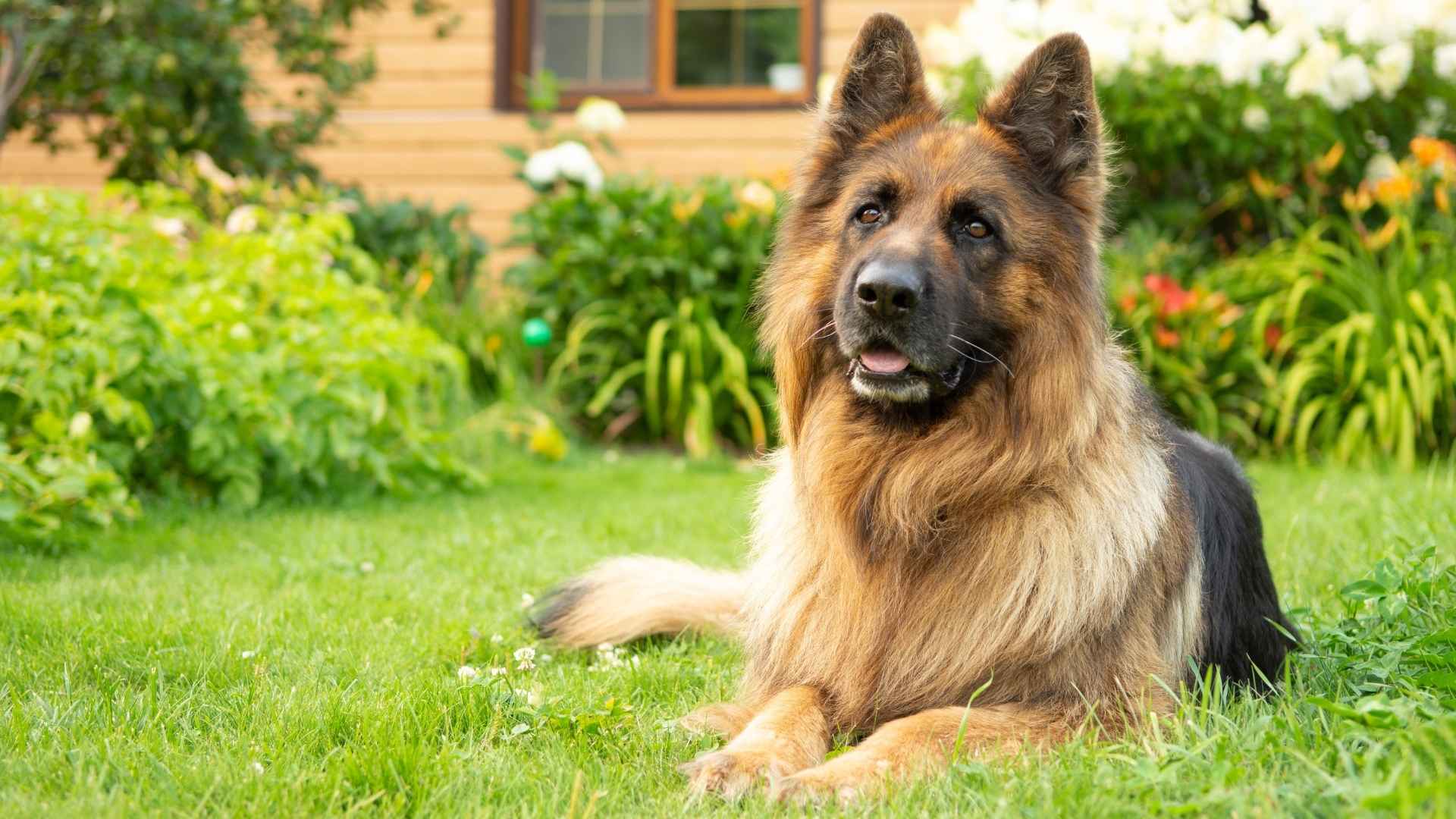In a world where security threats are ever-present, ensuring the protection of our homes, businesses, and belongings has become a priority like never before. A significant portion of businesses across regions like England and Wales are falling prey to crime, making the need for dependable security solutions more urgent than ever. Among the most trusted guardians? Dogs bred specifically to protect, defend, and remain alert day and night.
Certain dog breeds have an innate ability to serve as both loyal companions and vigilant protectors. These remarkable canines are more than just pets—they are instinct-driven, highly trainable, and deeply bonded to their dog owners, often putting themselves in harm’s way to safeguard what matters most. From intimidating intruders to sensing danger before it strikes, these dogs are tireless in their commitment to defense.
In this article, we’ll spotlight the top dog breeds renowned for their natural guarding instincts and protective nature. Whether you’re securing a home, a business, or simply seeking peace of mind, these breeds offer steadfast loyalty wrapped in muscle, intelligence, and heart.
Dog Breeds That Guard Owners’ Belongings Day And Night
1. German Shepherd
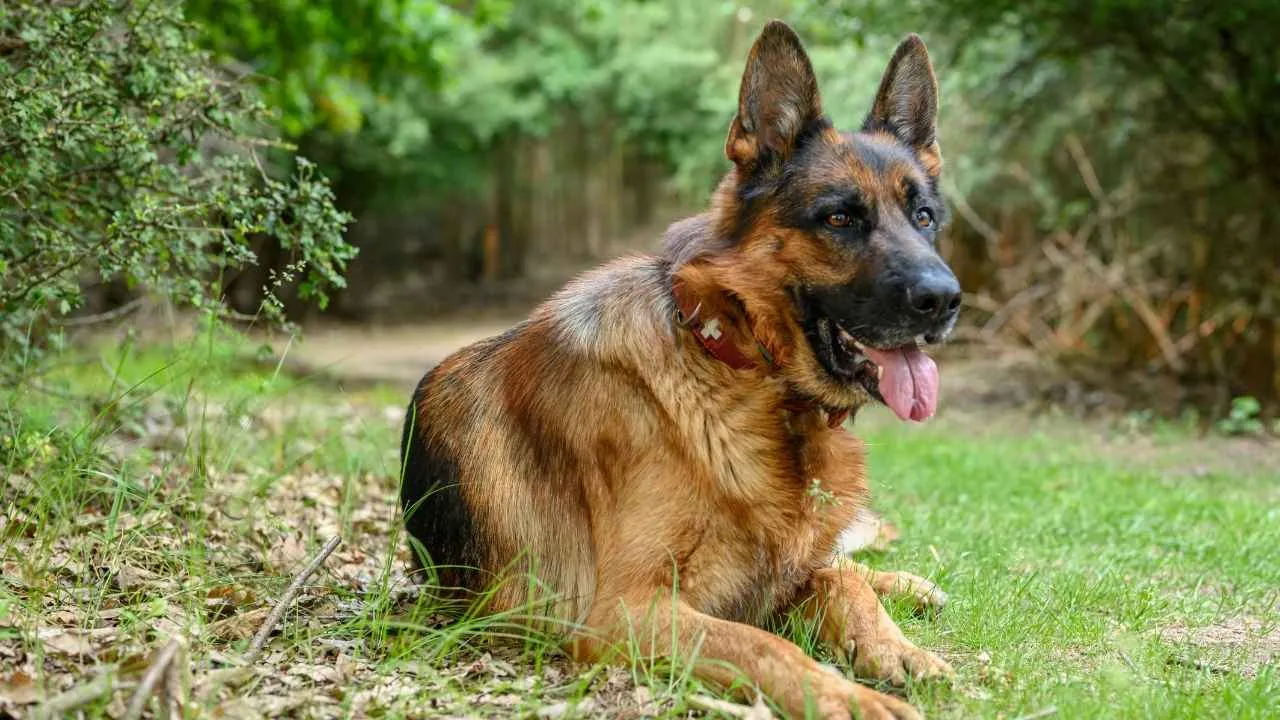
Originating in Germany, the German Shepherd was developed from traditional herding and farm dogs to become one of the most dependable working breeds today. PetMD says German Shepherds are big, agile, strong, very smart, and loyal dogs. They are one of the most popular guard dog breeds.
With a height ranging from 22 to 26 inches and a weight between 50 and 90 pounds, this breed is known for its strength, keen intelligence, and versatility. Sporting a dense double coat that varies in shades like black and tan, gray, or sable, German Shepherds are striking in both appearance and demeanor.
Classified under the Herding group, they typically live 12 to 14 years and are often selected for service roles in police and military units due to their loyalty, alertness, and trainability.
Exercise
German Shepherds are not suited for sedentary homes. They require daily physical activity and mental stimulation to stay balanced and content. Play sessions, agility training, and advanced obedience routines are ideal for keeping them engaged.
Without sufficient activity, they may develop destructive behaviors. As noted in breed care guidelines, this breed thrives in environments where they’re challenged both physically and intellectually—a tired Shepherd is a happy Shepherd.
Fun Fact: In 1990, a German Shepherd guide dog named Orient helped Bill Irwin become the first blind man to hike the entire Appalachian Trail.
2. Staffordshire Bull Terrier

Also known as the “Stafford” or “Staffie,” the Staffordshire Bull Terrier originated in 19th-century England, where it was bred from Bulldogs and terrier breeds like the now-extinct English White Terrier. Initially developed for blood sports such as bull-baiting and dog fighting, this breed later transitioned into a cherished family companion.
Standing 14–16 inches tall, Staffords are compact, powerfully built dogs with a muscular frame, broad head, and a short, smooth coat that comes in a variety of colors. WebMD says males can weigh between 28 and 38 pounds, while females weigh between 24 and 34 pounds.
Despite their tough past, they’re now renowned for their affectionate nature and deep loyalty, especially toward children. Their courageous yet people-friendly temperament makes them exceptional household guardians. With proper early training and socialization, they’re both gentle family pets and vigilant watchdogs.
Exercise
Staffordshire Bull Terriers require consistent, moderate exercise to keep their muscular bodies fit and their minds engaged. Daily walks, interactive play sessions, and activities that stimulate both physical and mental energy are ideal.
They enjoy agility exercises and benefit greatly from structured routines, as their energy, if unchanneled, can lead to boredom-related behavior. Including varied activities helps prevent restlessness and reinforces their responsive, eager-to-please demeanor.
Fact: The Staffordshire Bull Terrier was once referred to by names such as “bull-and-terrier,” “half and half,” and “pit bull terrier.”
3. Bullmastiff
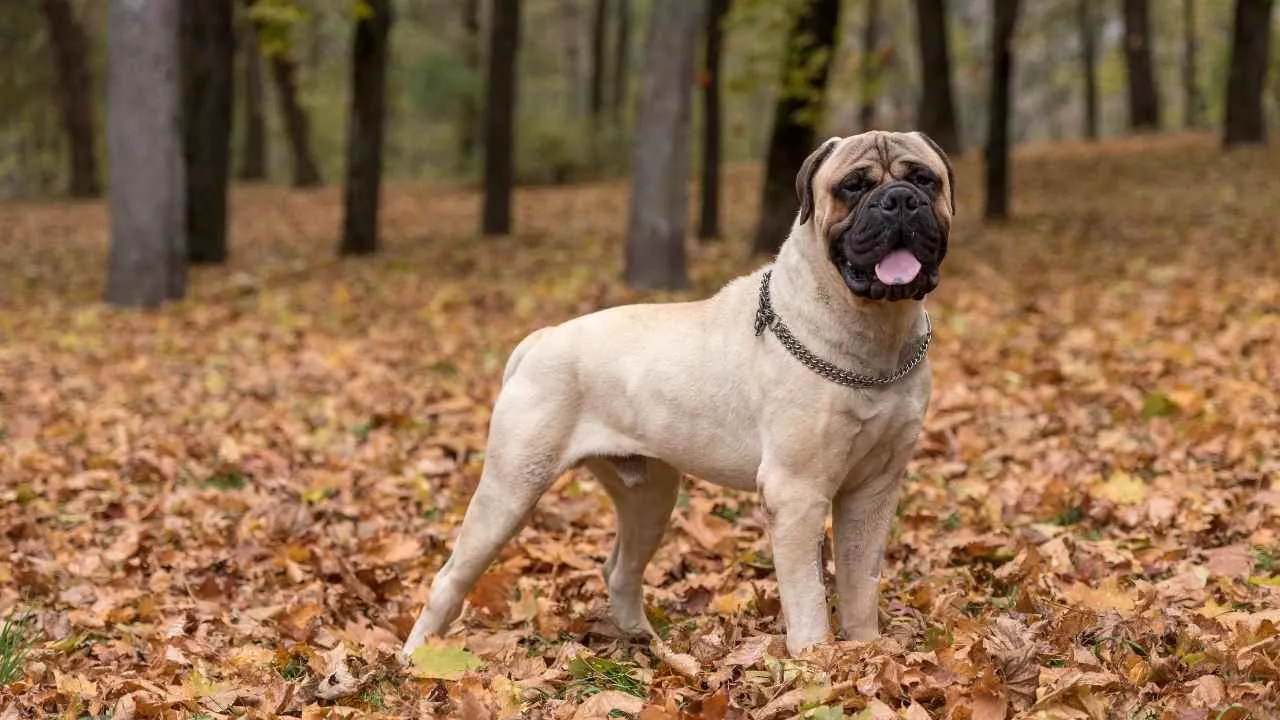
The Bullmastiff is a majestic blend of strength and serenity, bred originally in 19th-century England to guard estates from poachers. A hybrid of the English Mastiff and Bulldog, this breed carries the legacy of both — a muscular frame, confident stance, and deeply loyal temperament. AKC says the Bullmastiff is not as big as its close relative, the mastiff.
Standing between 24 to 27 inches tall and weighing 100 to 130 pounds, Bullmastiffs are true giants with a commanding presence. Their short, dense coat appears in brindle, red, or fawn shades, often accompanied by a distinctive black mask.
Known for their calm demeanor at home and unwavering bravery in the face of threats, they belong to the working group and typically live 8–10 years.
Exercise
Despite their large build, Bullmastiffs have moderate energy levels and thrive on daily physical activity. A brisk morning and evening walk — totaling about an hour per day — is ideal. While these big dogs enjoy outdoor play in secure backyards, they aren’t built for long-distance running.
Mental stimulation is equally vital, so integrating leash training, basic commands, and interactive toys keeps them sharp and content.
Fun Fact: Music legend Bob Dylan once had a Bullmastiff named Brutus in the 1960s.
4. Belgian Malinois
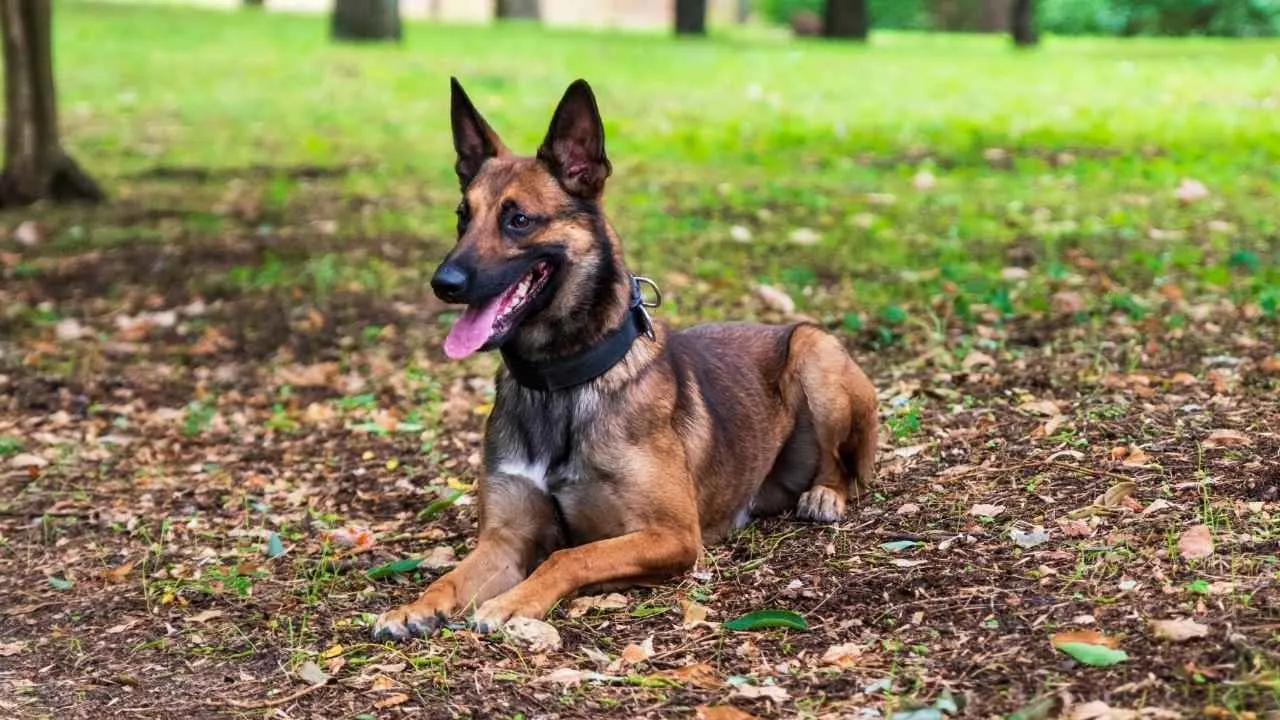
Also known as the “Mal,” the Belgian Malinois is a dynamic herding breed developed in the 1800s in Mechelen, Belgium. Initially bred to manage livestock, this breed has risen to prominence in police, military, and protection roles worldwide.
The Malinois exhibits a lean, muscular build with square proportions, standing between 22 and 26 inches tall and weighing anywhere from 40 to 80 pounds. Its short, dense coat—typically fawn to mahogany with black-tipped hairs—is accompanied by a signature black mask and upright ears.
Renowned for its loyalty, intelligence, and alertness, this breed is intensely driven and requires consistent training from experienced handlers. With a lifespan of 14 to 16 years, the Mal thrives in working environments and is not suited for passive pet ownership.
Exercise
Belgian Malinois are high-energy athletes that demand more than casual strolls. A quick walk won’t suffice—this breed flourishes on intense daily activity like running or biking. Ideally, they should receive at least 60 to 90 minutes of vigorous exercise daily.
Without proper stimulation, they can become destructive, inventing tasks to occupy their sharp minds and restless bodies. Whether herding, tracking, or playing fetch, structured physical and mental challenges are crucial for their well-being.
Did you know? A Belgian Malinois named Cairo played a pivotal role alongside a U.S. Navy SEAL team in the mission that led to Osama bin Laden’s demise.
5. Doberman Pinscher
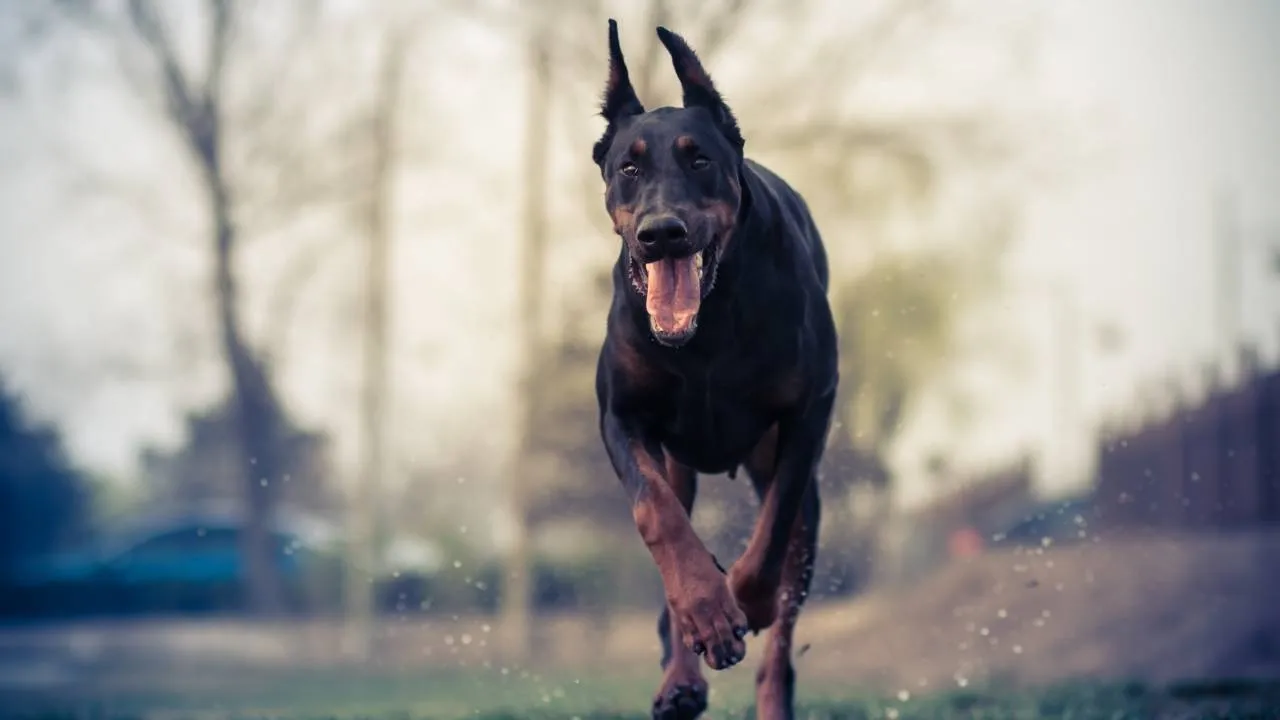
Also known as the Doberman, Dobie, or Dobe, the Doberman Pinscher is a sleek and imposing guardian breed developed in the late 19th century in Apolda, Germany. Bred by Karl Friedrich Louis Dobermann—a tax collector who needed a fierce yet obedient protector—the Doberman was designed for one purpose: defense.
With a height ranging between 24–28 inches and weighing 60–100 pounds, this muscular breed sports a smooth, short coat that can be black, blue, red, or fawn, often accented with rust markings.
Its striking appearance, combined with keen intelligence and fearless demeanor, makes the Doberman one of the most respected working dogs in the world. Belonging to the working group, these canines typically live 10–12 years and are deeply loyal to their families.
Exercise
These effective guard dog breeds possess high energy levels and thrive on both physical exertion and mental stimulation. Daily rigorous exercise, including jogs, is essential to curb boredom and prevent destructive habits.
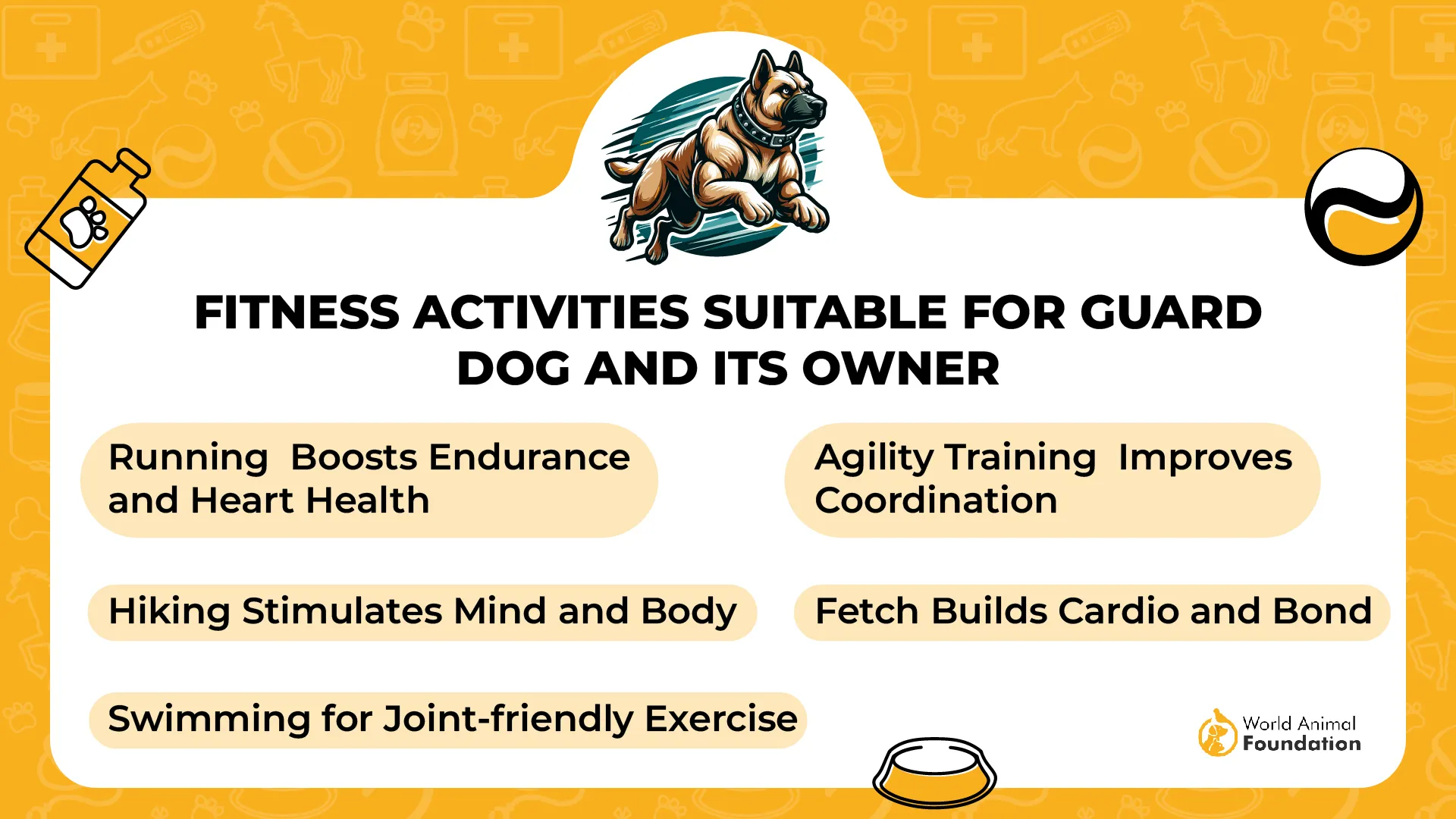
They’re curious and sharp-witted, making interactive play and task-oriented activities crucial. Without structured activity, a Doberman will quickly invent its own entertainment—often at the expense of your belongings.
Fact: A Doberman named Kurt became a wartime hero as the first canine casualty during the Battle of Guam in WWII and is memorialized at the National War Dog Cemetery.
6. Rottweiler
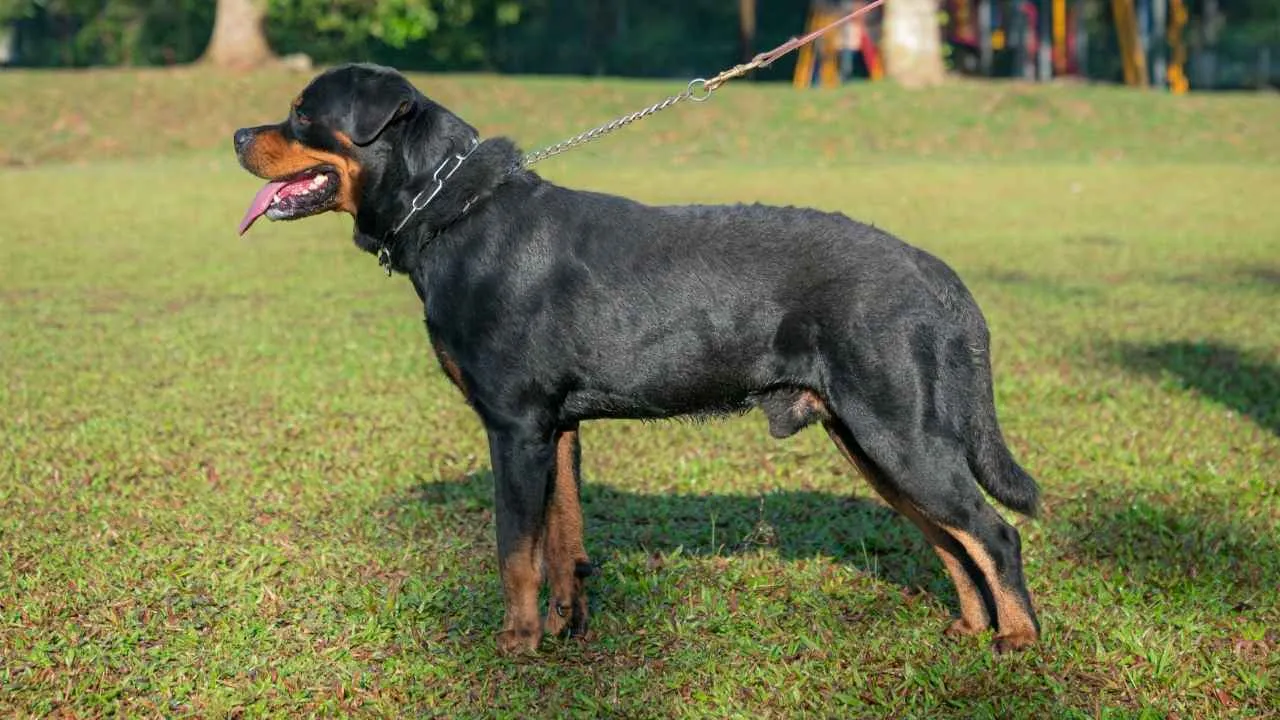
Also known as the Rottie, the Rottweiler is a formidable working dog with roots tracing back to ancient Roman drover dogs. These powerful canines were once tasked with herding livestock and protecting merchants in the region of Rottweil, Germany—earning them the moniker “Butcher’s Dog.”
Standing 22 to 27 inches tall and weighing between 90 to 110 pounds, Rottweilers are stocky, muscular, and agile, with a sleek black coat highlighted by rust or mahogany markings. Their imposing frame, broad chest, and intense gaze alone are often enough to discourage intruders.
Rottweilers belong to the working group and typically live 9 to 10 years. With a high level of intelligence and a deeply ingrained protective instinct, they are remarkably easy to train for security tasks. Historically bred for defense and herding, their instincts for safeguarding territory and family are second nature.
Exercise
Rottweilers are active dogs that require at least 60 minutes of daily physical exercise. In addition to brisk walks, they benefit from mental challenges to keep boredom at bay, as their sharp minds can lead to destructive behavior if left unstimulated. Proper training sessions, interactive toys, and puzzle games are ideal.
Fun Fact: A Rottweiler named Toby inspired the popular children’s book Good Dog, Carl by Alexandra Day.
7. Boxer
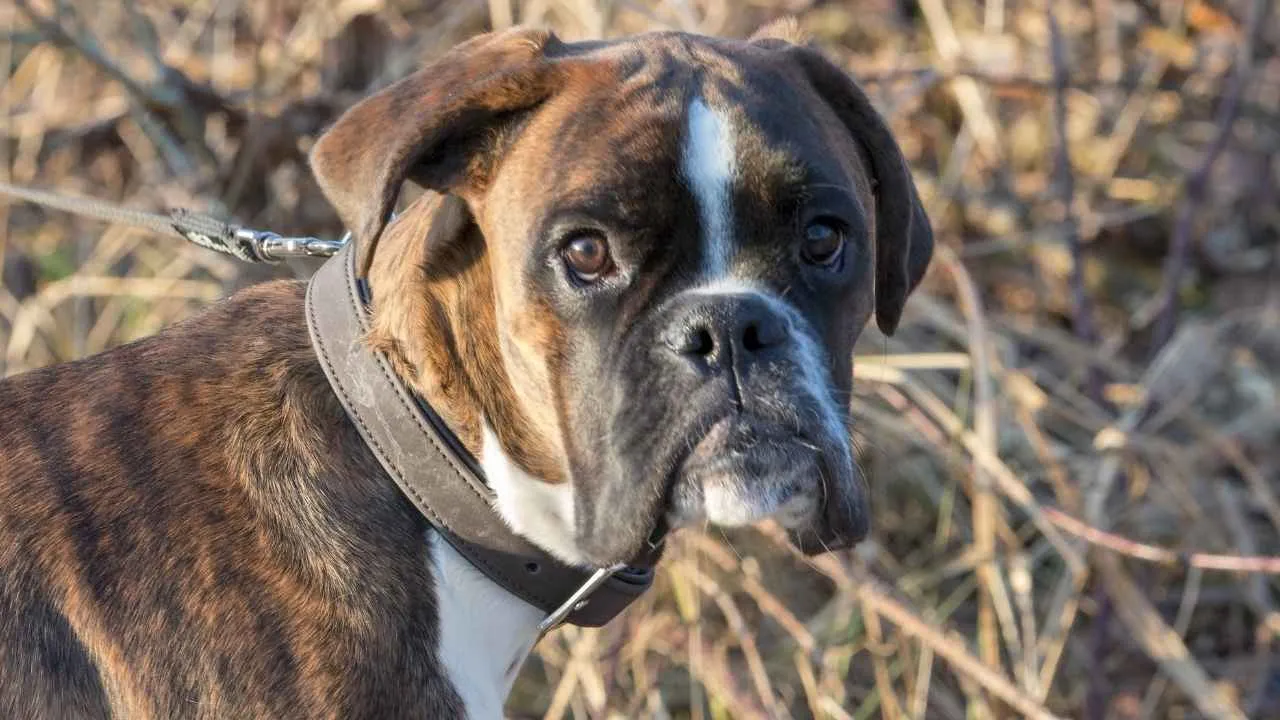
Also known as the Deutscher Boxer, this energetic breed hails from Germany and carries an impressive working dog lineage. Developed in the 19th century by crossing the now-extinct Bullenbeisser with mastiffs, bulldogs, and possibly Great Danes and terriers, Boxers were initially employed in bull-baiting and later found work in slaughterhouses as cattle controllers.
With a compact, muscular build, a distinct square muzzle, and an expressive black mask, the Boxer stands 21–25 inches tall and weighs between 65–80 pounds. Their sleek coat—typically fawn, brindle, or white with occasional black markings—requires minimal grooming.
Boxers fall under the working group and generally live 10–12 years. Known for their adaptability, courage, and loyalty, they make exceptional watchdogs and devoted family companions.
Exercise
These great guard dogs are high-spirited and thrive on activity. These dogs need between 30 minutes and two hours of physical exercise daily to remain healthy and mentally engaged.
Ideal routines include agility training or canine sports like lure coursing and rally. Without enough stimulation, Boxers can become restless or mischievous, making a consistent routine essential for behavior and well-being.
Fun Fact: Hollywood legends Humphrey Bogart and Lauren Bacall were passionate Boxer owners; their wedding gift was a Boxer puppy named Harvey, after the whimsical character from the Pulitzer-winning play.
Conclusion
In the realm of home and property protection, certain breeds stand out as the best guard dogs—vigilant, loyal, and incredibly attuned to their surroundings. While many breeds discussed in this article, such as Boxers and German Shepherds, excel in defending their families and belongings, it’s essential to recognize that not all dogs are naturally suited for this role.
Some breeds, like the Australian Cattle Dogs and Great Pyrenees, are exceptional herding dogs that also possess strong guarding instincts, especially when raised in environments requiring them to protect both people and other animals.
Whether trained as police dogs, service dogs, or reliable family dogs, these guardians often develop their protective traits from an early age and form strong bonds with their owners. Their alert nature, stocky and strong appearance, or even features like a thick coat, can act as natural deterrents. Regardless of the breed, maintaining a healthy dog through proper care and training ensures their ability to protect and serve remains strong day and night, just as nature and nurture intended.


